Exploring local foods is a highlight of traveling in Europe. Tourist spots often offer a narrow selection of dishes, but the true culinary treasures await in lesser-known places. Cozy family-run restaurants and lively markets serve up tastes you won’t find in guidebooks.
As a solo backpacker, I’ve discovered amazing local specialties that go beyond flavor. Each dish has a story tied to the area. Whether it’s a flaky pastry from a hidden bakery or a hearty stew simmered in a small village, a whole world of flavors is out there.
Must-try dishes include:
- Fresh pasta from Italy
- Tapas in Spain
- Cheese from France
- Sausages in Germany
- Fish and chips in the UK
- Goulash in Hungary
- Burek in the Balkans
- Waffles in Belgium
- Haggis in Scotland
European food traditions bring each trip to life. Every region offers its own special ingredients and ways of cooking. Local dishes tell stories about the culture. Curious about what’s on the menu? Get ready to dig in!
Exploring Beyond Tourist Centers
Europe’s food scene reflects its rich cultures. Each region serves up dishes that showcase local traditions and ingredients. These specialties tell stories about the people and places behind them. Trying these foods not only pleases your palate but also connects you to the spirit of the area.
Understanding Local Cuisines
Every European region has its own special dishes that reflect local tastes and traditions. In Italy, pasta types and sauces differ by area. Northern Italy is known for creamy sauces, while Southern Italy offers flavorful tomato-based dishes.
In France, each province showcases its distinct flavors. A galette from Brittany is quite different from Provence’s bouillabaisse. These differences come from local ingredients and traditional cooking methods. Every bite of local food carries its own history and culture.
The Benefits of Eating Local
Choosing local cuisine offers numerous benefits, both for you as a traveler and the communities you visit. Here are a few advantages to consider:
- Healthier Ingredients: Local dishes often feature fresh, seasonal ingredients. These meals are made from scratch, meaning fewer preservatives and additives. For my taste buds, nothing beats the freshness found in a farmers’ market salad or a homemade stew.
- Economic Support: Eating locally helps support small businesses. Dining at family-owned restaurants keeps the money within the community. This choice strengthens local economies and fosters unique food experiences.
- Cultural Connection: Tasting local dishes is like stepping into a living museum. Each meal reflects cultural heritage and traditions. Engaging with locals can also lead to valuable conversations about their cooking practices and food sources.
Next time you’re planning a trip, remember to dive into authentic local experiences. Traveling is about broadening your horizons, and we’re not just talking about sightseeing. It’s about taking a bite out of different cultures too.
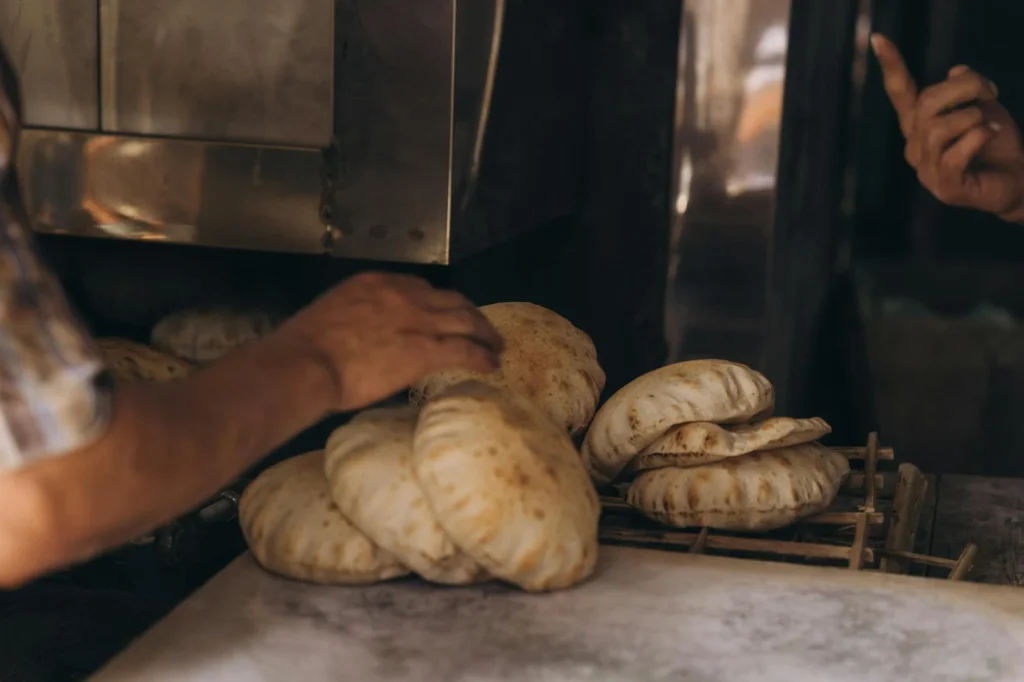
Must-Try Local Dishes By Region
Eating local dishes offers a chance to explore cultures in the most delicious way. As I traveled across Europe, I discovered unique flavors that reflect the history and traditions of each region. Here are some must-try local dishes that I’ve personally enjoyed, and I believe they deserve a place on any food lover’s itinerary.
Southern Italy: Arancini
When in Sicily, I couldn’t resist the allure of arancini. These crispy rice balls are a local favorite and come in various flavors. Typically, they’re filled with saffron-infused rice, ragù, peas, and gooey cheese, then coated in breadcrumbs and fried to perfection.
What really excites me is the diversity of fillings. You might find ones stuffed with mushrooms, aubergine, or even squid ink. Each bite is a warm hug, rich and comforting, transporting me straight to a Sicilian kitchen. Best of all, they’re perfect for a quick snack while exploring the Sicilian streets.
Eastern Europe: Sernik
Sernik, or Polish cheesecake, is a delightful treat that has captured my heart. This traditional dessert is made from twaróg (a type of farmer’s cheese), making it creamier than most cheesecakes I’ve tried. While the basic recipe remains similar, each region adds its unique twist.
In Kraków, I enjoyed a classic version topped with sweet fruit preserves, while Warsaw offered a richer version with chocolate and a crumbly crust. Each slice tells a story of local ingredients and traditions, making every bite deliciously unique.
The Basque Country: Pintxos
In the Basque Country, I was mesmerized by pintxos, the local equivalent of tapas. These small bites range from simple skewered olives to elaborate creations that resemble mini works of art. Typically served in bars, each pintxo highlights the region’s fresh produce and seafood.
The most memorable pintxos I sampled were a combination of anchovies, peppers, and fresh bread that exploded with flavor. I discovered that the best way to enjoy them was to hop from bar to bar, indulging in different flavors and soaking up the lively atmosphere.
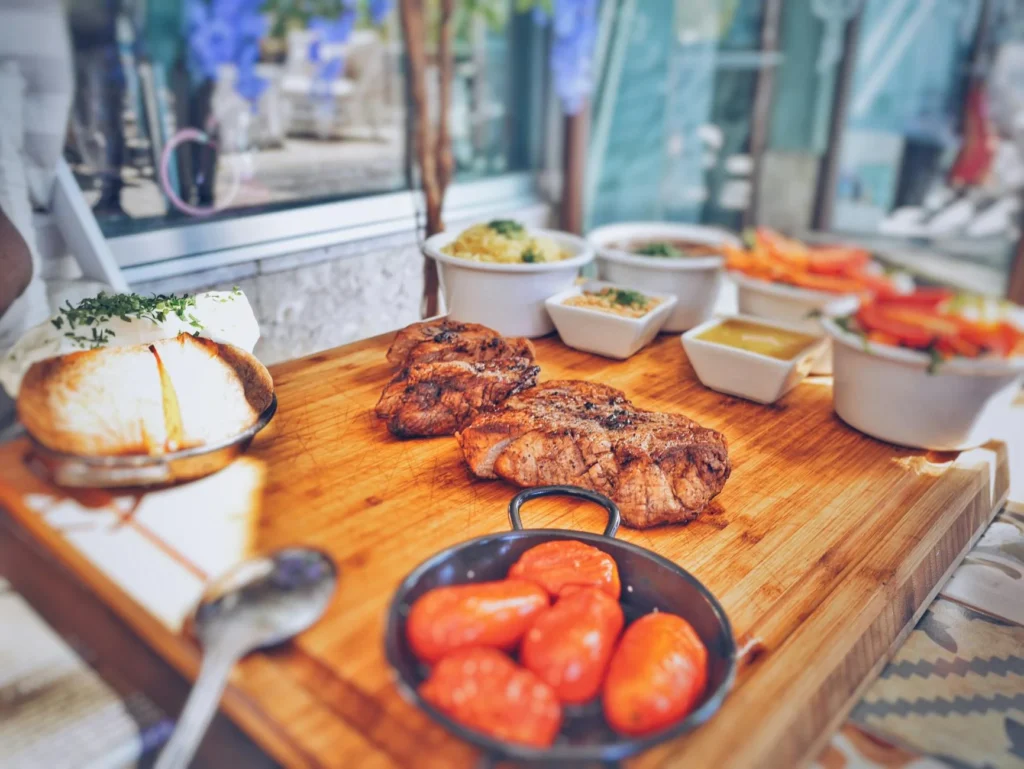
Scotland: Haggis
Haggis is often misunderstood, but during my trip to Scotland, I found it’s worth embracing. This traditional dish consists of sheep’s organs, onions, oatmeal, and spices, all encased in a sheep’s stomach. While it might sound off-putting to some, the flavor is rich and hearty.
The secret lies in its spices and cooking method. When served with neeps (mashed turnips) and tatties (mashed potatoes), it’s a warming meal that connects you to Scottish culture. Sharing a plate of haggis with locals opened my eyes to the pride they take in their culinary heritage.
Central France: Galette
Traveling to Brittany introduced me to galettes, a savory buckwheat crepe that’s become one of my favorites. Unlike sweet crêpes, galettes are usually filled with ingredients like eggs, cheese, ham, and mushrooms. Each galette is a canvas for creativity, and I loved trying various combinations.
Finding a local crêperie where galettes are made to order is a must. Watching the chef pour batter onto the hot skillet and fill it with fresh ingredients feels like witnessing a tasty art form in action. The nutty taste of the buckwheat crêpe perfectly complements the savory fillings—each bite is a true flavor explosion.
Exploring these regional delights is more than just a meal; it’s an invitation to connect with the places I visit and the people who create these culinary masterpieces. Every dish tells a story, and I can’t wait to indulge in more flavors on my next adventure.
Finding Hidden Culinary Gems
Discovering local foods is more than just eating. It’s about the whole experience—the sights, sounds, and tastes that make memories. Explore bustling markets filled with fresh produce and cozy family-run restaurants serving homemade dishes. Food tours connect you with local chefs and their stories, adding to the adventure.
Local Markets and Food Fairs
I love exploring local markets when I travel. Colorful stalls are filled with fresh fruits, veggies, and local treats. Markets highlight seasonal ingredients that bring unique flavors. I enjoy tasting artisanal cheeses, cured meats, and pastries I can’t find anywhere else.
Visiting markets is more than shopping. It’s a chance to connect with locals and discover their food traditions. I enjoy talking to vendors who share tips on using ingredients. Every bite tells a story. And the snacks are a must-try!
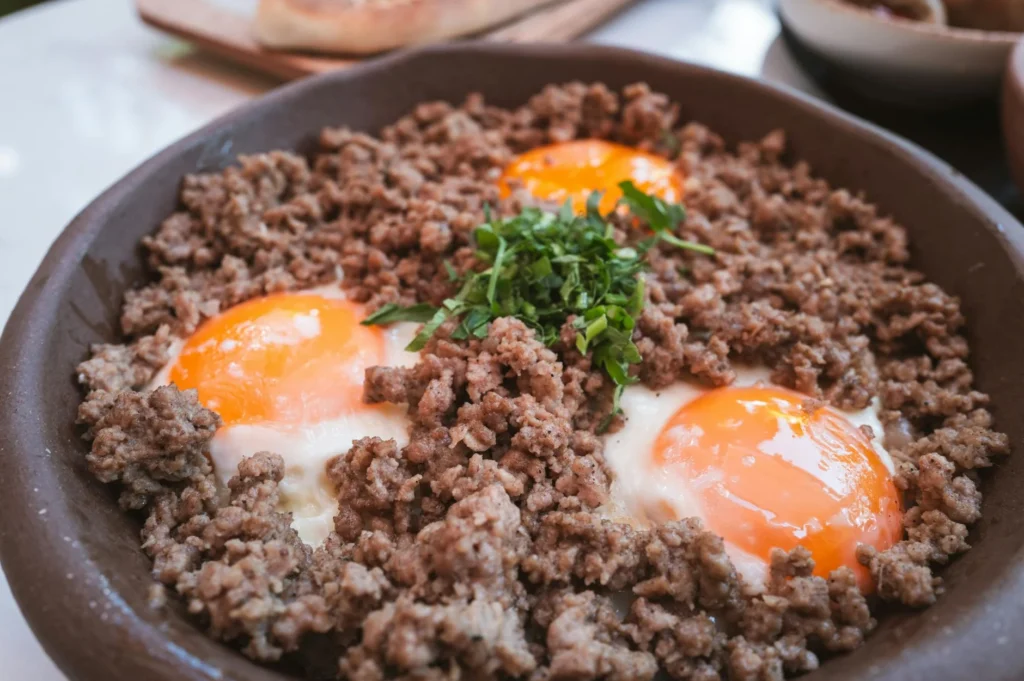
Family-Run Restaurants
There’s something special about dining at family-run restaurants. These establishments often focus on traditional recipes passed down through generations. During my travels, I’ve cherished the moments spent in these cozy spots, where the owners treat you like family.
The atmosphere alone is enchanting. I recall stumbling into a small eatery in the heart of a village. The walls were adorned with family photos and local memorabilia. I ordered a dish that was rich in flavor and steeped in history. When the owner shared how her grandmother used to make it, I felt an instant connection to the culture.
Culinary Tours
Food tours are a fantastic way to immerse yourself in a region’s gastronomy. Engaging with local guides who are passionate about food is genuinely inspiring. During one of my culinary tours, I wandered through the bustling streets, sampling street food and learning about regional specialties. Each dish came alive with its unique history and preparation methods.
What I love most about these tours is that they often lead to hidden gems that I wouldn’t discover on my own. Visiting a local workshop where traditional cheeses are crafted or a family-run bakery that still uses old-world techniques feels like a privileged experience. Plus, it’s an excellent opportunity to bond with fellow travelers who share my love for food.
While exploring different culinary landscapes, I came across links that might help guide and support my travel plans. For better travel deals, consider checking outaffordable flights that might take you closer to your next food adventure.
Engaging with Local Culture Through Food
Food showcases local culture in every bite. Each flavor tells a story, connecting generations. A dish offers more than a meal; it’s an experience that reflects the land and its people. Whether enjoying a hearty stew or a delicate pastry, I feel the culture around me. The spices and cooking methods hint at a region’s past—its history, resources, and uniqueness. How does food share your culture’s story?
When I wander through bustling markets or dine at a family-owned restaurant, I always find an invitation to connect with the essence of the destination. Local food is the gateway to vibrant traditions, unique celebrations, and the simple joy of sharing over a meal. How else can one taste the love and history that residents pour into their favorite dishes?
Food as a Cultural Experience
Every meal tells a story. Regional dishes carry rich histories. Take the croissant, for instance. This flaky pastry started in Austria but found fame in France, becoming a Parisian icon. Spanish paella also shows how local ingredients and cultural influences blend together.
Local dishes take me on a journey through time and culture. Tasting homemade ravioli in Italy or savoring a rich curry from a family eatery connects me to local stories and traditions. Each dish I try shares a piece of heritage, making me part of something special.
Cooking Classes and Workshops
If there’s one thing I recommend to fellow travelers, it’s enrolling in cooking classes. It’s one of the most enlightening ways to engage with local cuisine. Not only do you get hands-on experience, but you also receive stories and tips directly from locals who take pride in their culinary heritage.
Learning to make traditional Greek moussaka or sushi in Japan is exciting. These settings let me ask questions, explore ingredients, and pick up cooking tips passed down through generations. Even if I’m not a great cook, making a dish that reflects the culture feels rewarding.
Sharing a meal I made helps build connections with others, often turning into friendships. I enjoy discussing our experiences—cooking and sharing food brings cultures together. If you want to experience local life, a cooking class is a must.
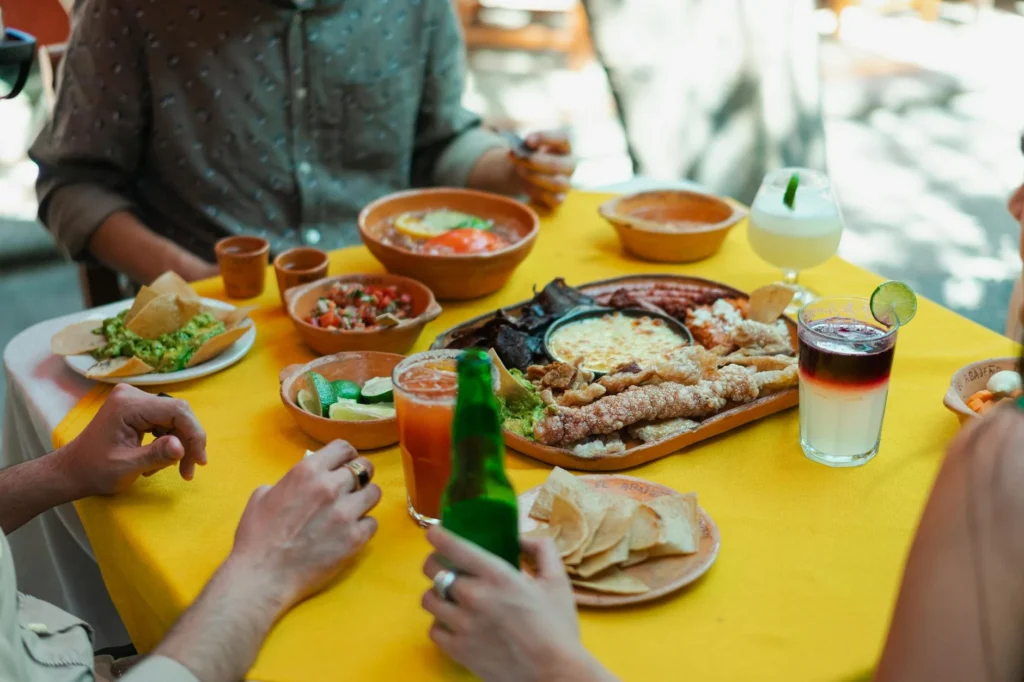
Key Takeaways and Next Steps
Exploring local foods goes beyond just eating. Each dish tells a story about culture and tradition. When I avoid tourist spots, I discover flavors that connect me to the area. These meals create memories that last long after the last bite.
Every place has unique treats waiting to be tasted. I encourage you to try local dishes and enjoy genuine flavors.
Next steps:
- Look for affordable flights
- Research local food spots
- Try new dishes
- Talk to local chefs
- Join food tours
- Share your experiences
Start your culinary journey today. There’s so much to discover on your next trip.

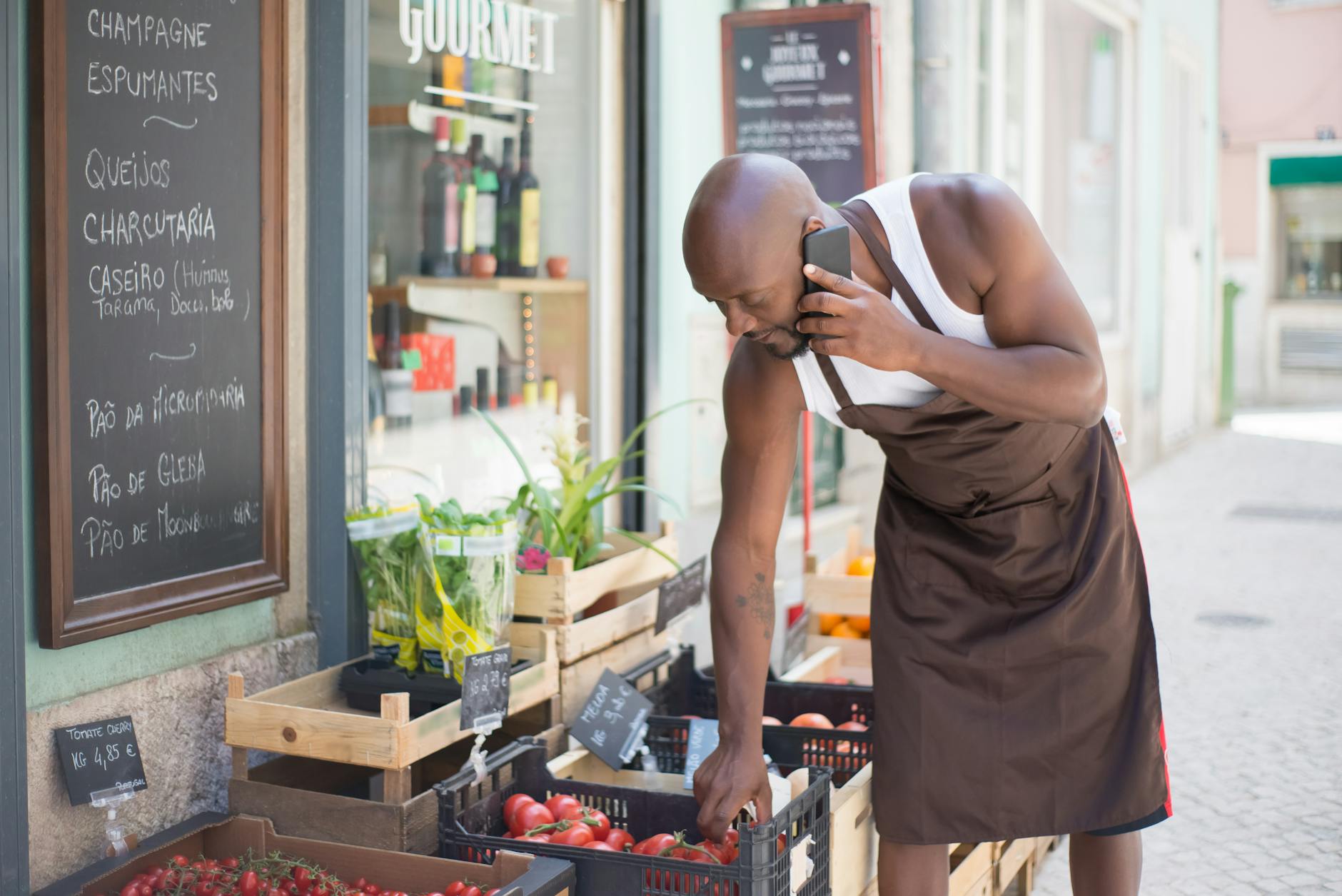




12 Responses
Just loved the section on local cuisines in Southern Italy! Arancini is definitely on my must-try list now. Thanks for the tip, TouristTales!
Fascinating read, especially the part on engaging with local culture through food. It’s so true how cooking classes can offer an immersive experience into a destination’s culinary heritage. People often underestimate the value of a hands-on approach to discovering new dishes. I’ve added a couple of spots mentioned here to my food journey list. Keep them coming!
Totally agree on the cooking classes part! It’s such a unique way to connect with locals and learn something new. Can’t wait to try some of these spots too!
Haggis in Scotland was a game changer for me. Sounds weird but tastes amazing. If you’re in Scotland, don’t miss out!
Has anyone tried Galette in Central France? I’m planning a trip there next spring and would love some tips on where to find the best one.
For those looking to find hidden culinary gems, I can’t stress enough how invaluable local markets are. Not only do you get to try food that’s fresh and locally sourced, but interacting with vendors offers a peek into the local lifestyle. Always make an effort to visit one when traveling.
Your piece on engaging with local culture through food was insightful. It made me wonder how traditional dishes evolve over time. Do you have any historical insights on dishes like Arancini or Haggis?
Great tips on eating local! Always trying to save money while experiencing new cultures. Thx!
Pintxos in the Basque Country sounds intriguing. Anyone knows the best time or place to dive into this experience? Would love to plan a trip around it.
Joining a culinary tour was one of the most memorable experiences of my travels. It’s more than just eating; it’s learning the stories behind the food, understanding the culture, and even picking up some language along the way. For anyone sitting on the fence about it, I say go for it!
Could not agree more! It’s the perfect way to truly experience a place.
Food indeed is a powerful way to connect with a culture. There’s something profound about sharing a meal that transcends language and differences.